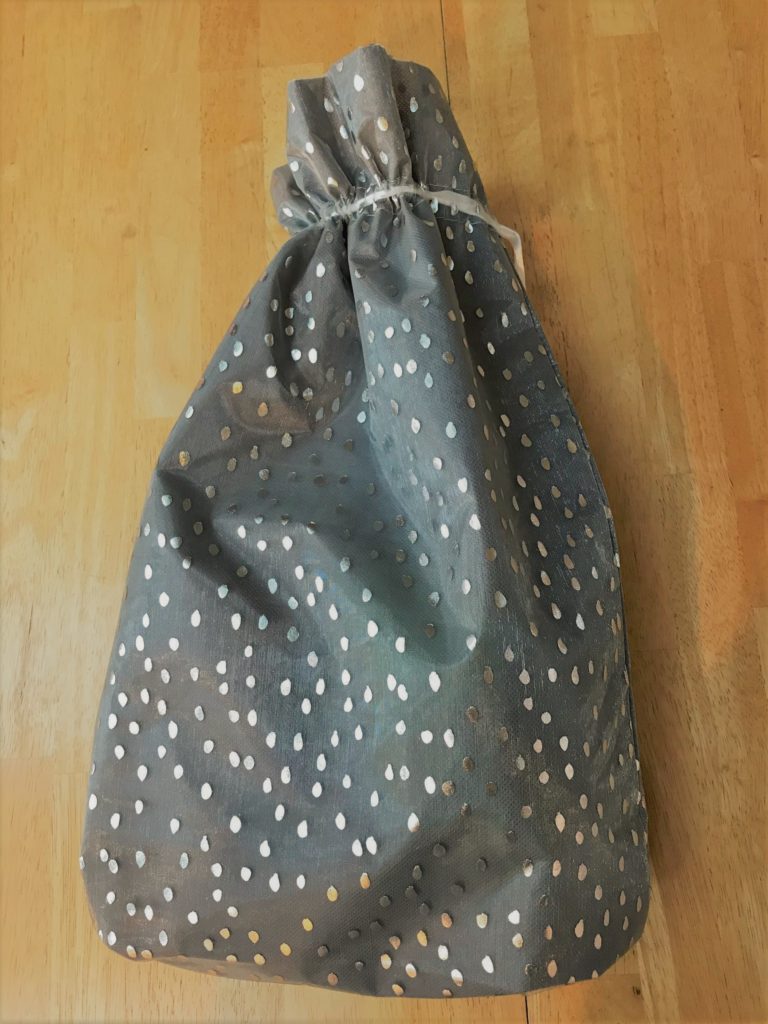Have you ever conversed with a child and just had no clue what he is talking about? Maybe you understand all of the words that come out of his mouth, but you just can’t for the life of you understand what he is referring to.
For example, maybe the child says, “I really need that thing!” When you question what thing he is referring to, angst sets in. He struggles to come up with another way of telling you what he is referring to, and instead resorts to repeating himself, but louder than before. This kind of interaction might end in a tantrum or tears if the child is not understood.
If this experience sounds familiar, then working on descriptive language is an extraordinary way to improve his expressive language skills. The table of contents below will guide you through what is covered in this post – feel free to jump around!
5 Reasons Why Descriptive Language is Important
There are myriad reasons to teach children how to use descriptive language. These are five important reasons that are listed in no particular order.
1.) Descriptive language gives children additional tools to explain what they are talking about. In the example above, it would have been magnificent if the child could have thought of at least one attribute of what he was talking about. The word thing is a catchall that is not descriptive.
Back in middle school, one of my favorite Language Arts teachers had two signs up on the wall. One had the word “stuff” written on it and the other had the word “thing” written on it. Each word was circled and had a line going through it. Needless to say, I was strongly discouraged from using the words “stuff” and “thing” growing up.
When you teach children how to describe, you are providing them with tools for their language toolboxes. In other words, you are giving them an opportunity to take a whack at communicating effectively with others. In turn, effective communication decreases the instances of outbursts, tantrums, and meltdowns.
2.) Vocabulary improves through descriptive language. It might not come as a surprise that when you teach children how to describe that their vocabulary broadens as a direct result. Think about all of the rich vocabulary words that your children can use!
When children can access an increased number of vocabulary words, they can communicate better and express their wants and needs effectively. Try out some of these synonyms to improve descriptive language skills:
| Instead of… | Try this |
|---|---|
| Friend | Pal |
| Good | Great or Wonderful |
| Hot | Steaming |
| Hurry | Rush |
| Large | Enormous or Ginormous |
| Loud | Noisy |
| Running | Jogging or Sprinting |
| Mad | Upset or Angry |
| Rich | Wealthy |
| Smart | Intelligent |
3.) Descriptive language breaks down objects and concepts into tangible and concrete components. Descriptive language empowers the child to think about parts of an object in order to understand it.
Think back to the beginning of this post, when the child was using the word “thing” to refer to an object. If he could break down that object into its components, then he would have a better opportunity to explain what he is talking about. Can he think about what the object is used for? Or how it feels? What about identifying the salient features of the object?
Note that if irrelevant information is given about the object, then the listener will still remain confused. The key is to understand how to describe the object so that another person will understand what is being talked about.
4.) Improvement of descriptive language skills means an improvement in literacy skills. This one might be kind of surprising to some, but bear with me here! Remember earlier how we talked about strong descriptive language results in increased vocabulary skills?
Q: What happens when children have increased vocabulary skills?
A: They can understand what they read!
Okay, I’m not yelling here I promise, but I did want to get your attention (did it work?!) A child will be able to understand what an author is writing about and be able to paint a clear picture in his mind while reading when he has strong descriptive language skills. Not only this, but he will better understand puns and innuendos. He will be able to read between the lines and grasp the meaning of the author’s words. Descriptive language is a cornerstone of understanding written work.
5.) Strong deescriptive langauge results in greater confidence. Due to an improvement in the ability to communicate with others, a child’s confidence will naturally begin to soar. He will not be questioned about what he is saying and he will be able to engage in conversation with ease.
Instead of saying “that thing”, he will tell you directly the name of the object or describe it in a manner that is easily understood by others. An improved mood will set in and less tantrum-ing will (hopefully) ensue!
Types of Descriptive Language
There are many ways to teach descriptive language. Here, I am going to cover one approach to building descriptive language skills. I am going to think about the bird’s eye view, or top-down approach.
First, think about the category. What is the overarching category that the object belongs to? A subcategory may be fitting as well. For example, if you are describing a strawberry then you can categorize it as food, or, fruit. In one of my previous posts, I covered information about categories and subcategories – be sure to check it out if you haven’t already done so!
CLICK HERE TO DOWNLOAD *FREE* CATEGORY WORKSHEETS!
Next, think about function. What is the purpose of the object? If you are still talking about a strawberry, then the function of it is to eat it and get nutrients from it.
After that, talk about what it’s made out of. Provide children with descriptive words that tell about the material that an object is composed of. Is it made out of wood? Plastic? Metal? Silicone? Sand? Glass? Slime? And so on. For something such as a strawberry, I would probably tell my kids that it is made out of seeds and flesh to keep it simple. If you really wanted to get into the anatomy of a strawberry, then you can always do so!
And finally, try describing something based on senses. How does the object look? Feel? Sound? Taste? Smell? Teaching your children to engage their sensory system when describing objects will heighten his ability to remember and recall objects.
Let’s Water the Sponge!
I put together a packet that covers everything in this post – feel free to purchase your copy here!
Now that we have covered the bulk of why descriptive language is important and how to break it down for kiddos, we are almost ready to talk about the fun stuff – activity ideas for home!
Activity Idea #1: Mystery bag
Grab a box or a bag (we use Amazon gift bags) and hunt around your house for interesting toys and familiar objects. Put the toys in the bag and give them a shake.
Have your child close his eyes and take an object out of the bag. Describe the object using the worksheets and see if your child can guess what you are talking about. Then have your child be the clue-giver and close your eyes. See if you can guess what your child is talking about based on his clues!

Activity Idea #2: Riddles
This is a great game to play while in the car or on-the-go. Think of a familiar object in your head and give your child three salient clues to see if he can guess what you are talking about.
Example: “I am thinking of something that is a kind of a crunchy vegetable. It grows out of the ground. It has an orange bottom and green top. What am I thinking of?”
If your child correctly guesses carrot then have him take a turn giving you clues. Try to have him select only three key features and see if you can guess what he is talking about! Refer back to the worksheets as needed.
Activity Idea #3: Headbanz Game
You can either purchase the Headbanz Game, or download the free app, Heads Up, for this activity.
This is similar to the Riddles activity above, except with pictures. In this game, one person wears a Headband with a picture in it and the other person describes it so that the Headband-wearer can guess what he is wearing.
Instead of playing exactly by the rules, try pairing this game with the worksheets to guide your descriptions. For a challenge, like the Riddles game, try to stick to three clues at the most. Take turns being the clue giver versus the guesser.
Final Thoughts
There are many, many ways that you can introduce descriptive language! This is just one way to go about it. I hope that the free category download and the worksheets are useful.
Did you try any of the activities out at home? If so, let me know how they went – I would love to hear from you! See you all next week.




